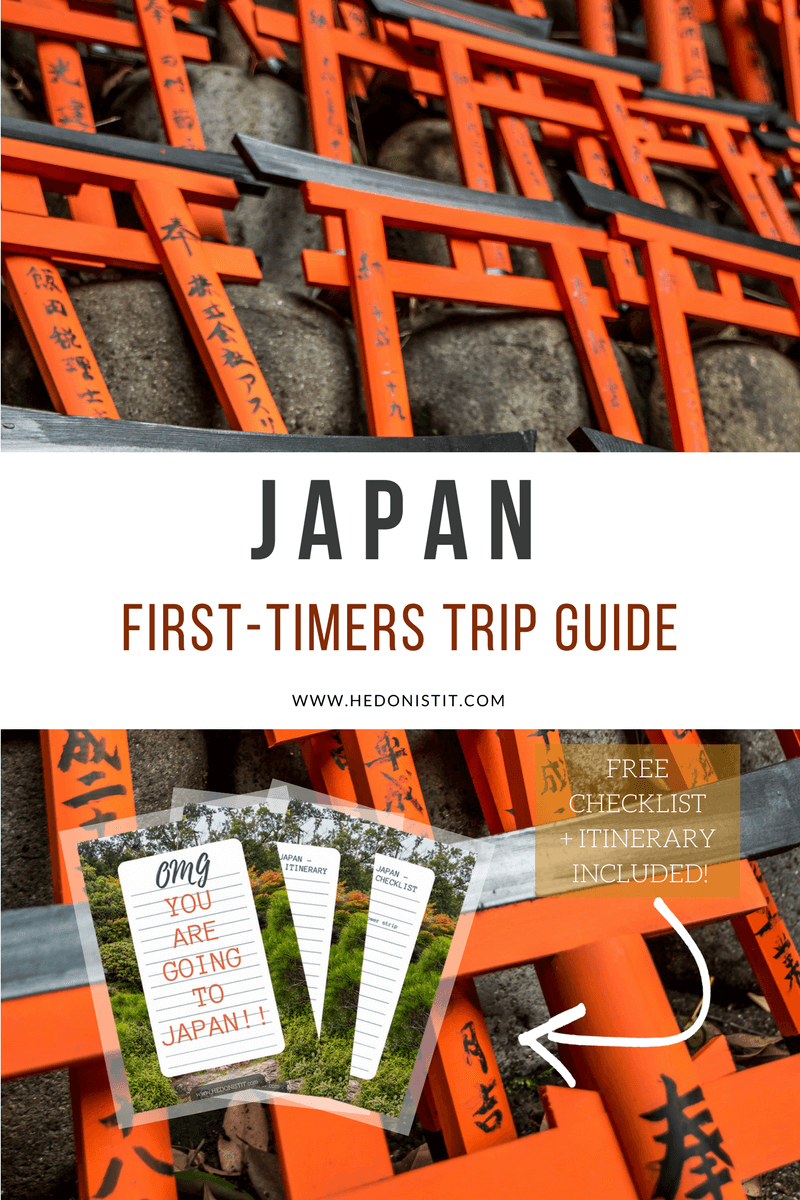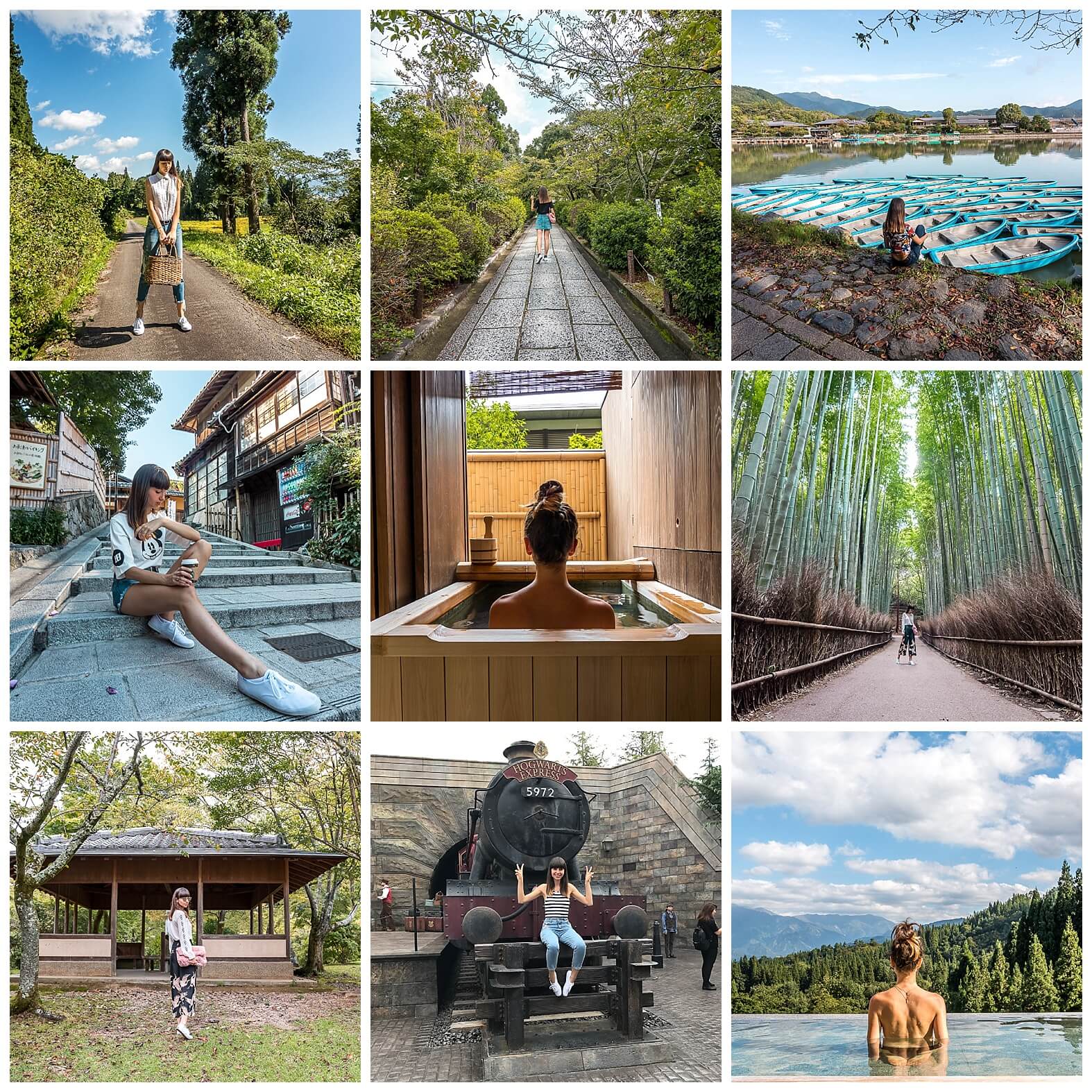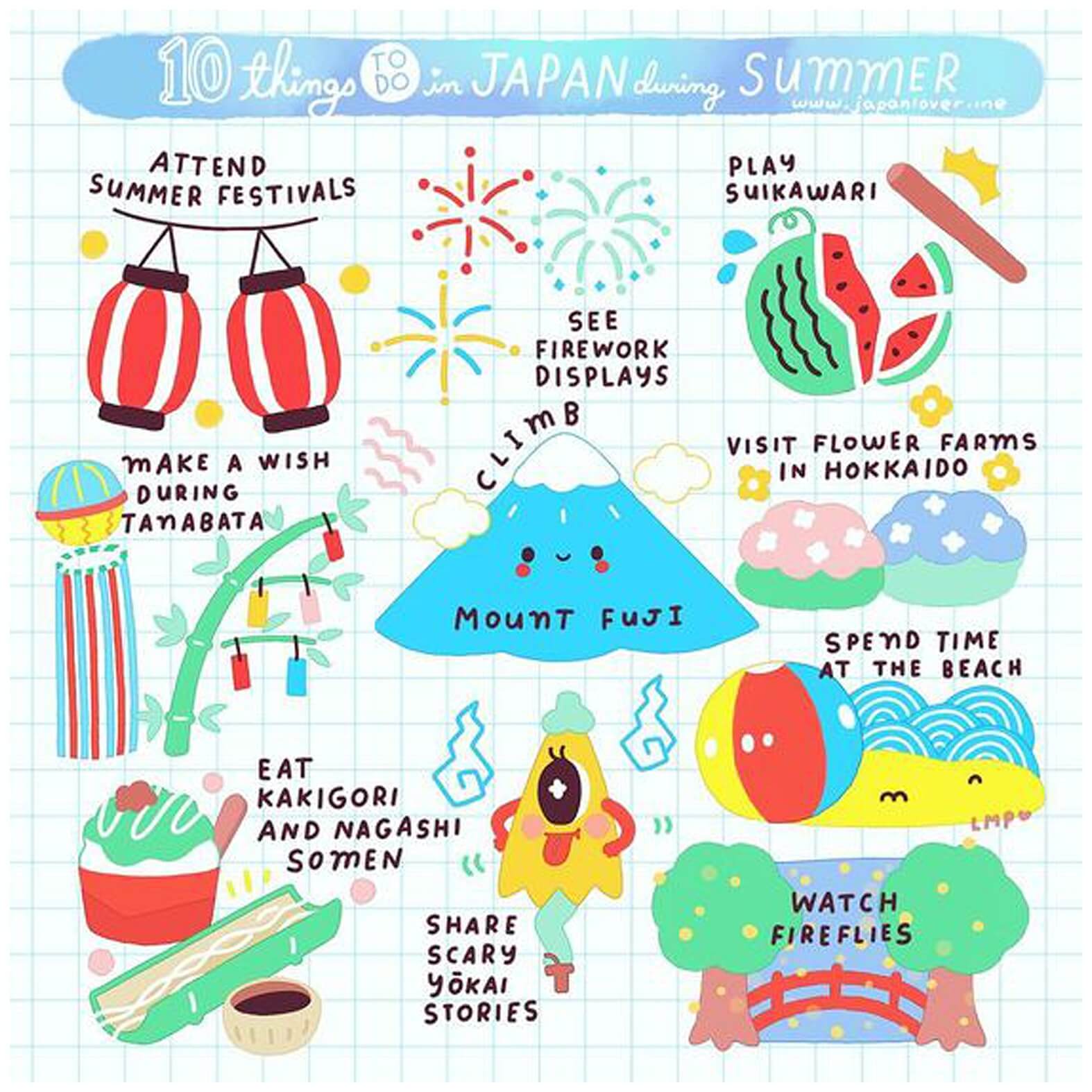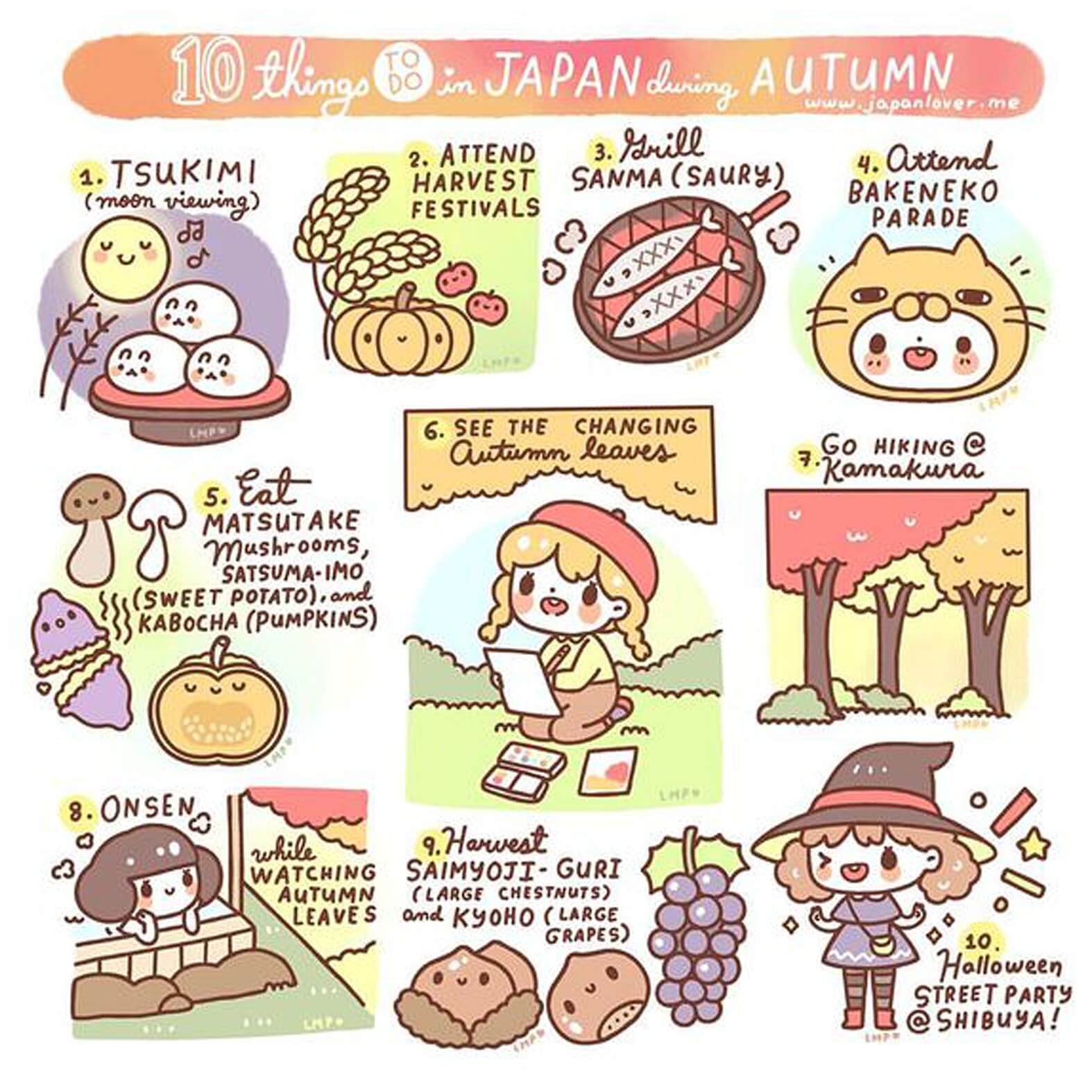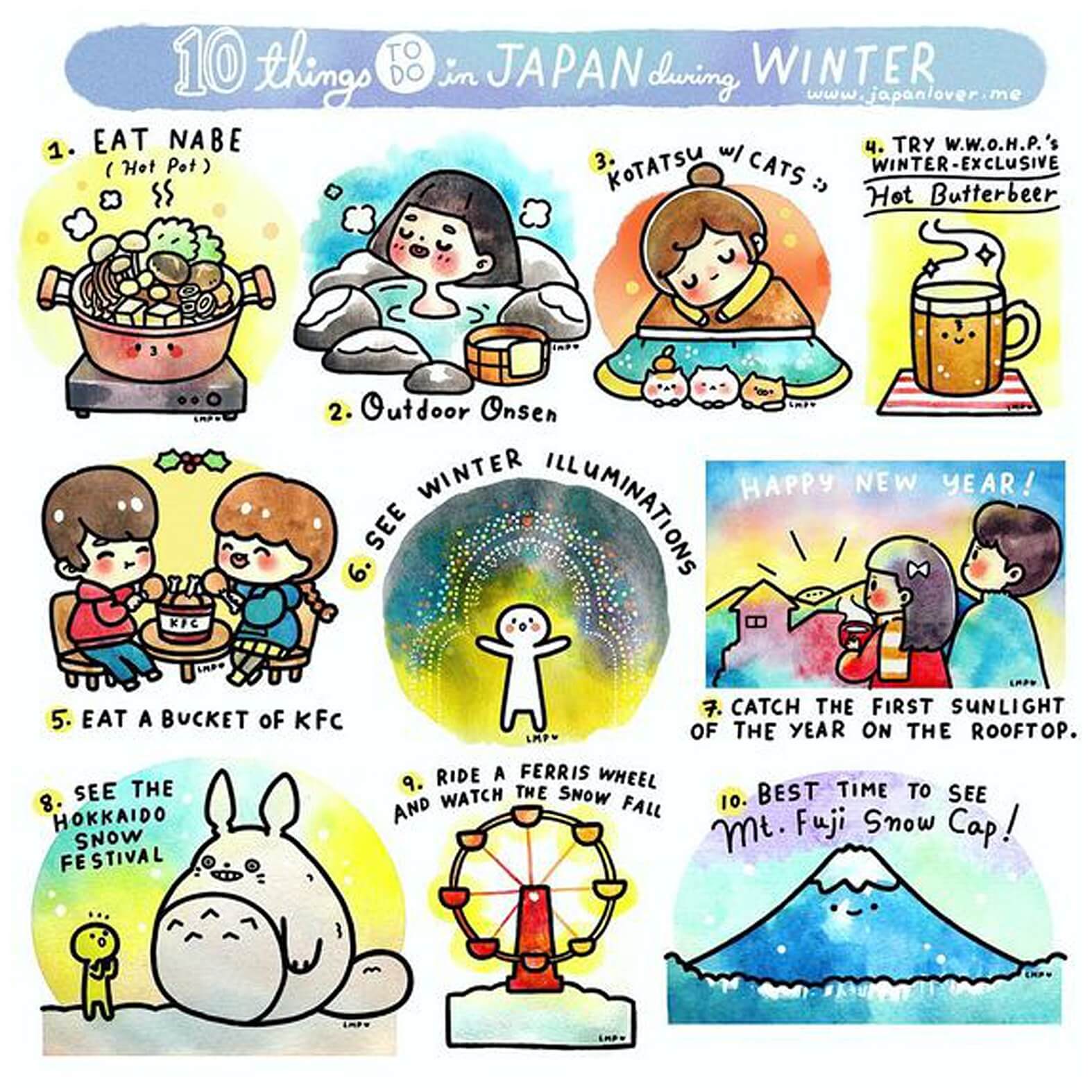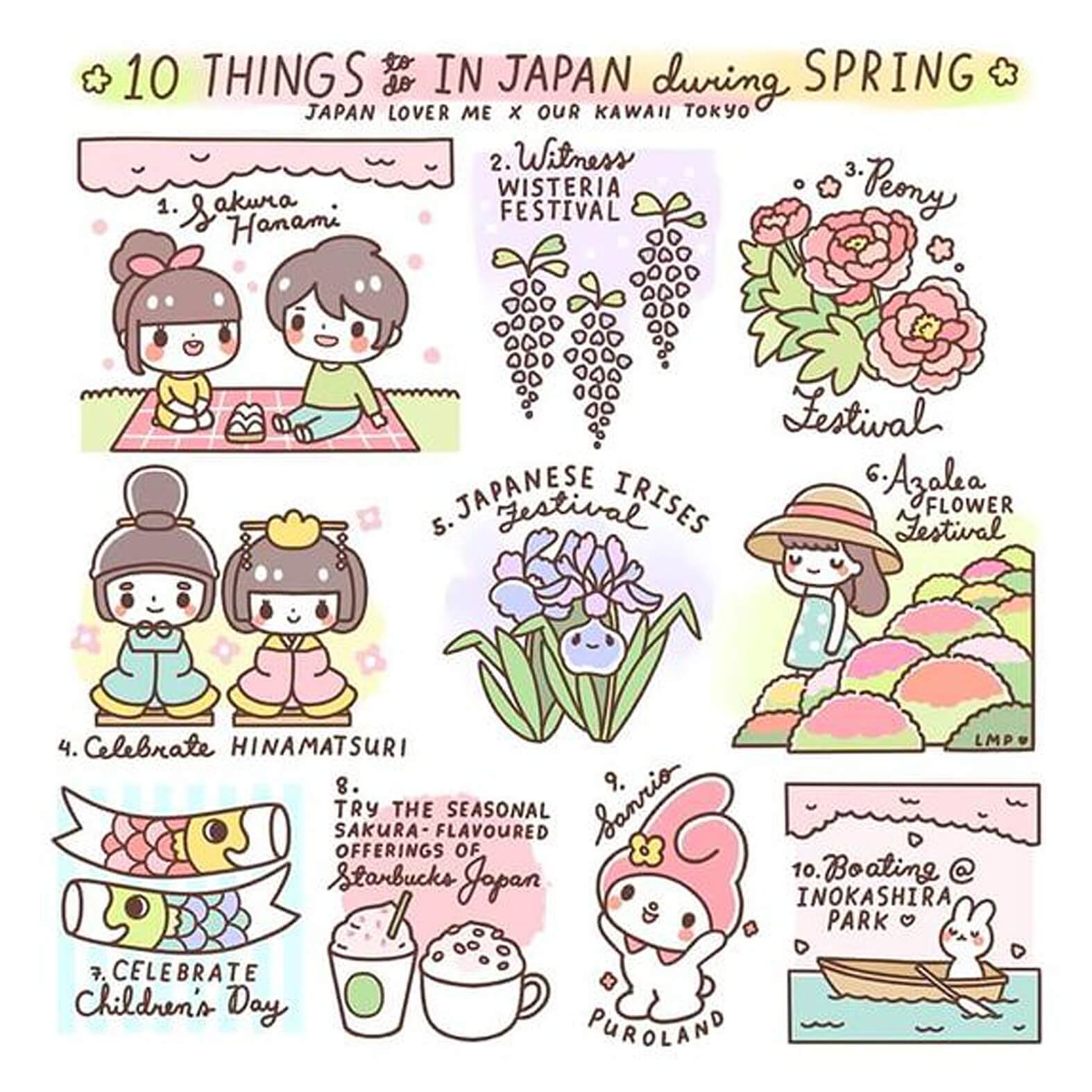BIG IN JAPAN – Trip Planning Guide to Japan
I’ve always wanted to visit Japan.
An old dream that sometimes felt a bit like a fantasy.
This year, Daniel and I decided it was time to leave all the concerns involved in organizing a trip ourselves to Japan and just go for it. Check off this destination from my bucket list after waiting patiently for so long.
The main trigger for all our concerns was the widespread belief that it’s not worth flying to Japan independently, as in, without an organized and guided group. After all, the culture is completely different, the Japanese aren’t really fluent in English and it’s very difficult to find your way around without the help of an experienced tour guide. So if you “dare” to visit Japan, you should go with an organized trip.
They also say that Japan is very expensive, and that in order to travel there, you’ll have to break the bank. This is very true in the case of an organized tour, but we found out that if you choose to travel independently, it really isn’t that bad. On the contrary, an independent trip to Japan is cheaper than traveling to Western Europe or traveling in Israel.
However, if you plan on visiting Japan independently, it’s important to know that planning is necessary and involves a lot of preparation. Don’t let that discourage you, the planning may be a bit complicated, but it’s definitely possible and absolutely worth the effort.
In the end, our trip to Japan was the most special, interesting, surprising and fun trip!
fill in the form below to subscribe to my newsletter to receive regular updates, killer tips, guides from me & get instant access to my FREE JAPAN TRAVEL GUIDE!
If you’re dreaming of visiting Japan but are a bit afraid, or if you’re in the midst of the preparations for the trip, this post will help you organize everything for your trip and help you plan your perfect vacation to Japan.
When is it the best time to travel to Japan? What should you make sure not to forget at home? Which apps can’t you do without? How do you stay connected to the Internet? And what should you know about the public transport in Japan? All of the answers are within the post, just keep reading…
P.S. – Have you signed up for my FREE traveling course to help you plan your future vacations “like a pro”?
WHEN IS IT THE BEST TIME TO TRAVEL TO JAPAN?
Traveling to Japan is a must during the Sakura season {cherry blossoms}? That's what I thought… but after a short search online I found out that this isn’t necessarily true.
Although Japan is very famous for its pink spring season, the truth is that this is a beautiful destination to visit every season of the year. During each season you can enjoy special and different views, seasonal food and often, special festivals.
Although I always dreamed of visiting Japan when it’s painted pink in the spring, Daniel and I have a very low tolerance of busy tourism, so we decided to visit Japan during a season that’s considered a lot less touristy – right between summer and autumn, and we didn’t regret this choice for a moment. During the trip we enjoyed the beautiful sight in which the leaves gradually changed their color from an intense green to the famous colors of the fall.
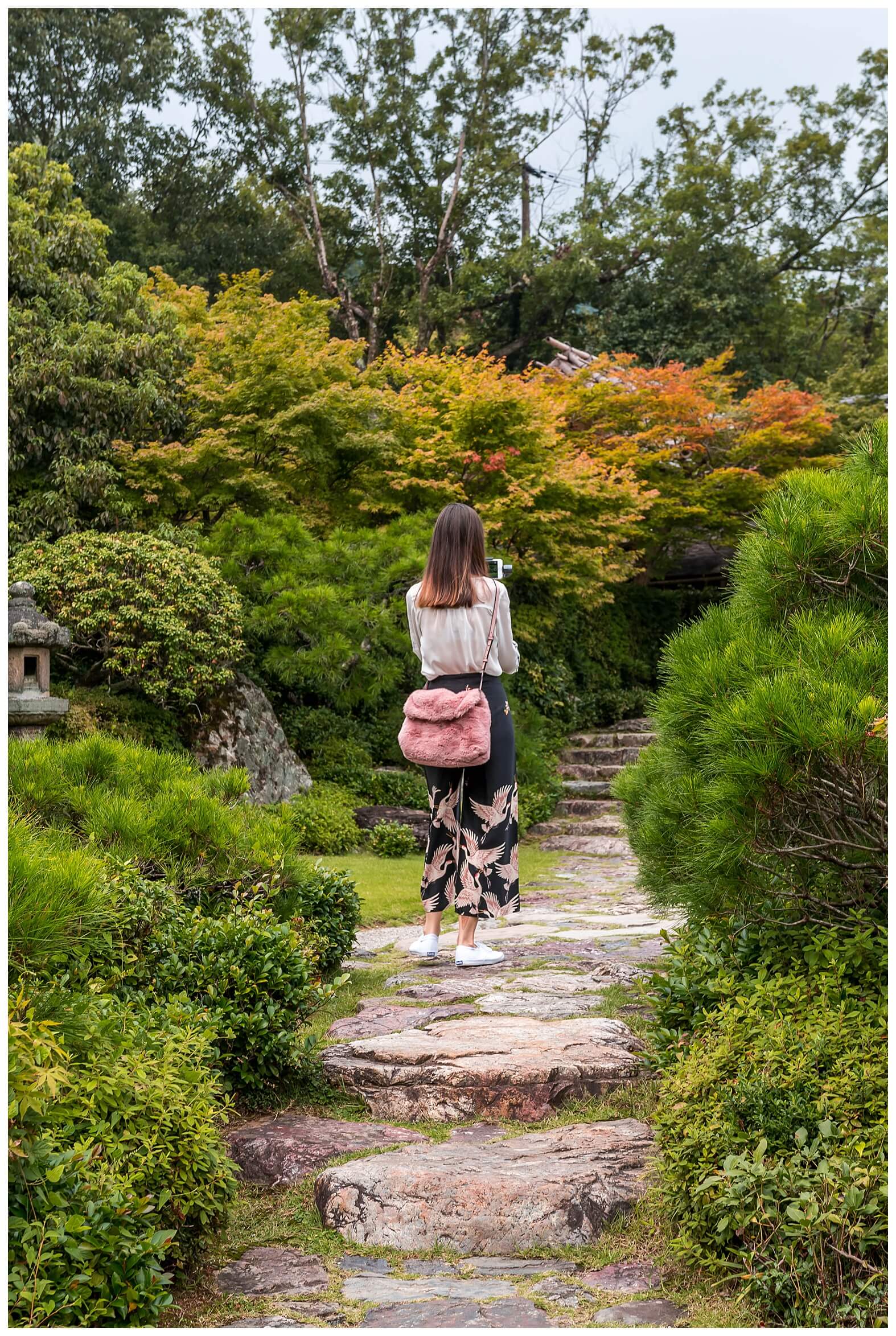
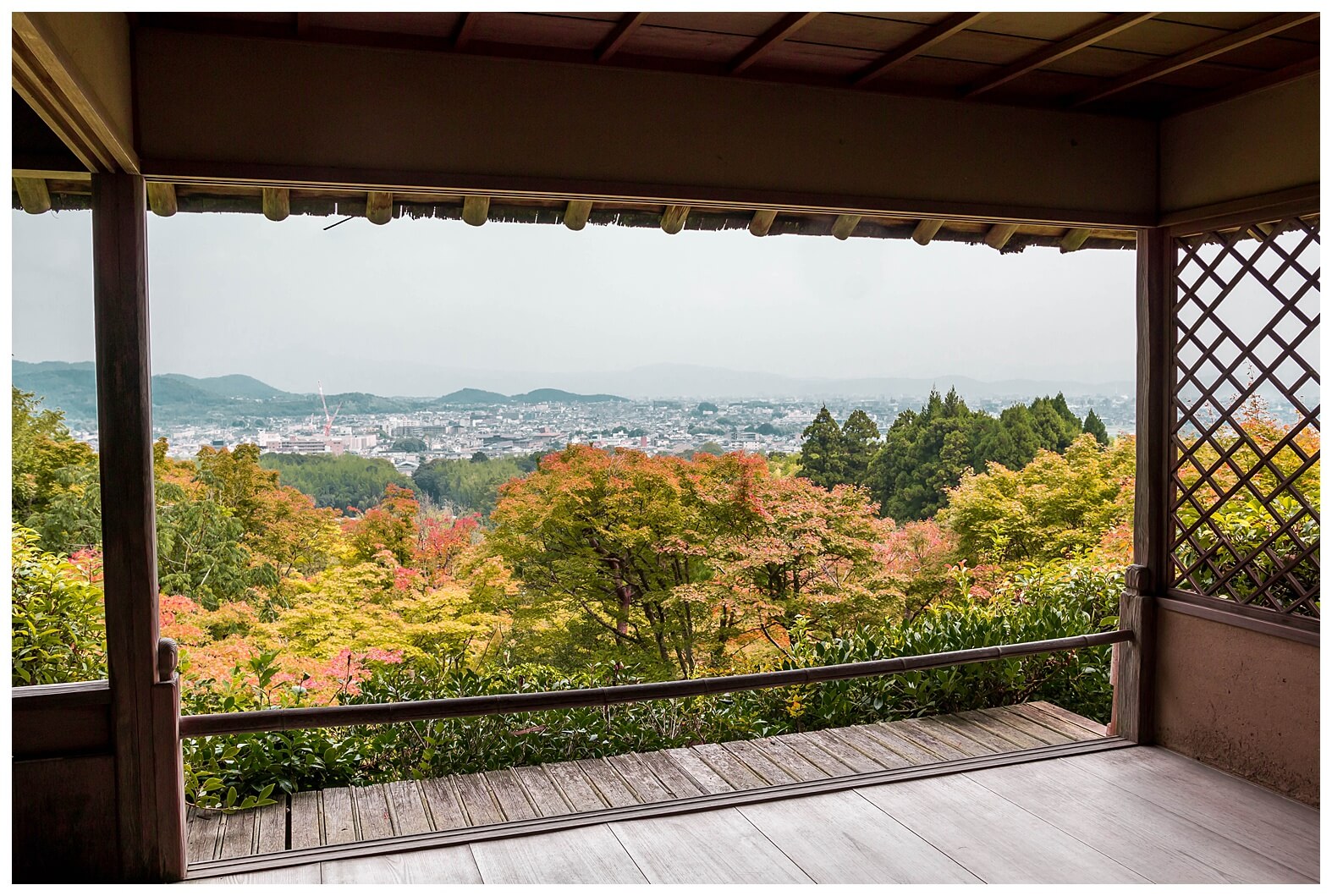
If you’re floundering when to travel to Japan you can get some help from my explanation about the seasons of the year I prepared before we chose our flight date:
Summer – From June to September. Summer is considered a season of typhoons and is characterised by extremely high humidity, but if this doesn’t discourage you, you should know that this is the season when many colorful festivals are celebrated throughout the country, and it’s the season that’s suitable for hiking in the Japanese Alps or go for a vacation in the country's coastal areas.
Autumn – From October to November. The pleasant weather makes autumn the ideal time to visit Japan, and it’s also famous for the red fall leaves that makes the landscape especially picturesque. Note that at the height of this season you may experience a tourist load there.
Winter – From November to mid-March. This is the ideal time to visit Japan for the ski and onsen enthusiasts {traditional Japanese hot springs}.
Spring – From mid-March to May. The most famous season to visit Japan, during which nature can be seen in all its splendor during the blossoming of the cherry trees. The famous blossoming spreads throughout the country for six weeks, but in each region it lasts only a few days. While this is a very rare spectacle, keep in mind that this is also the period in which you’ll experience the biggest tourist load in Japan and the costs will be higher than usual accordingly…
OUR ITINERARY FOR JAPAN
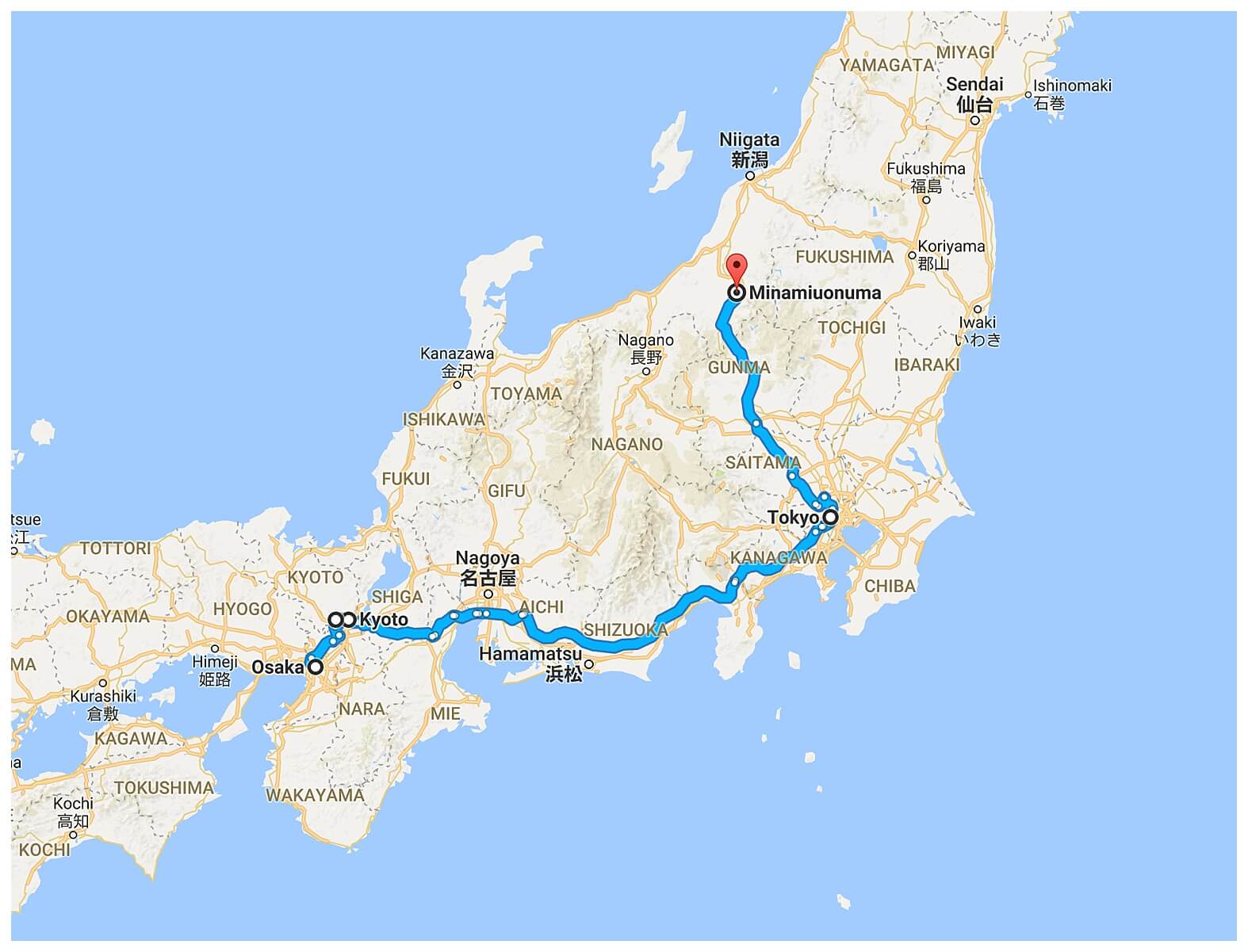
When deciding to travel in Japan independently, there’s no doubt that you should plan your trip carefully. Especially if your goal is to see as much as possible in a limited time.
When Japan was chosen as the destination for our long annual trip, we started searching the internet… I pinned dozens of articles on Pinterest, explored the Japanese tourist site, joined an Israeli Japanese travel group on Facebook and read general guides about Japan and all the spots we considered visiting during this trip.
It really wasn’t easy, and sometimes it was very overwhelming, to the level I told Daniel, “Let’s stop, we won’t be able to see everything I want to see in three weeks so I think it's best to postpone the trip to another time…” {Of course, I came to my senses a few hours later 😉 }.
The Internet is saturated with recommendations for so many places that shouldn’t be missed – hundreds of temples, onsens and attractions, all defined as “things that must be done in Japan”.
So where do you start? And how do you cram everything into one trip? And what about all the attractions I have to do in Japan that aren’t even written in these guides?
The most important thing to accept and understand is that you can’t fit it all in one trip. And even if it’s possible, it’s not fun. Who wants to go on vacation just to put a checkmark on endless checklists?
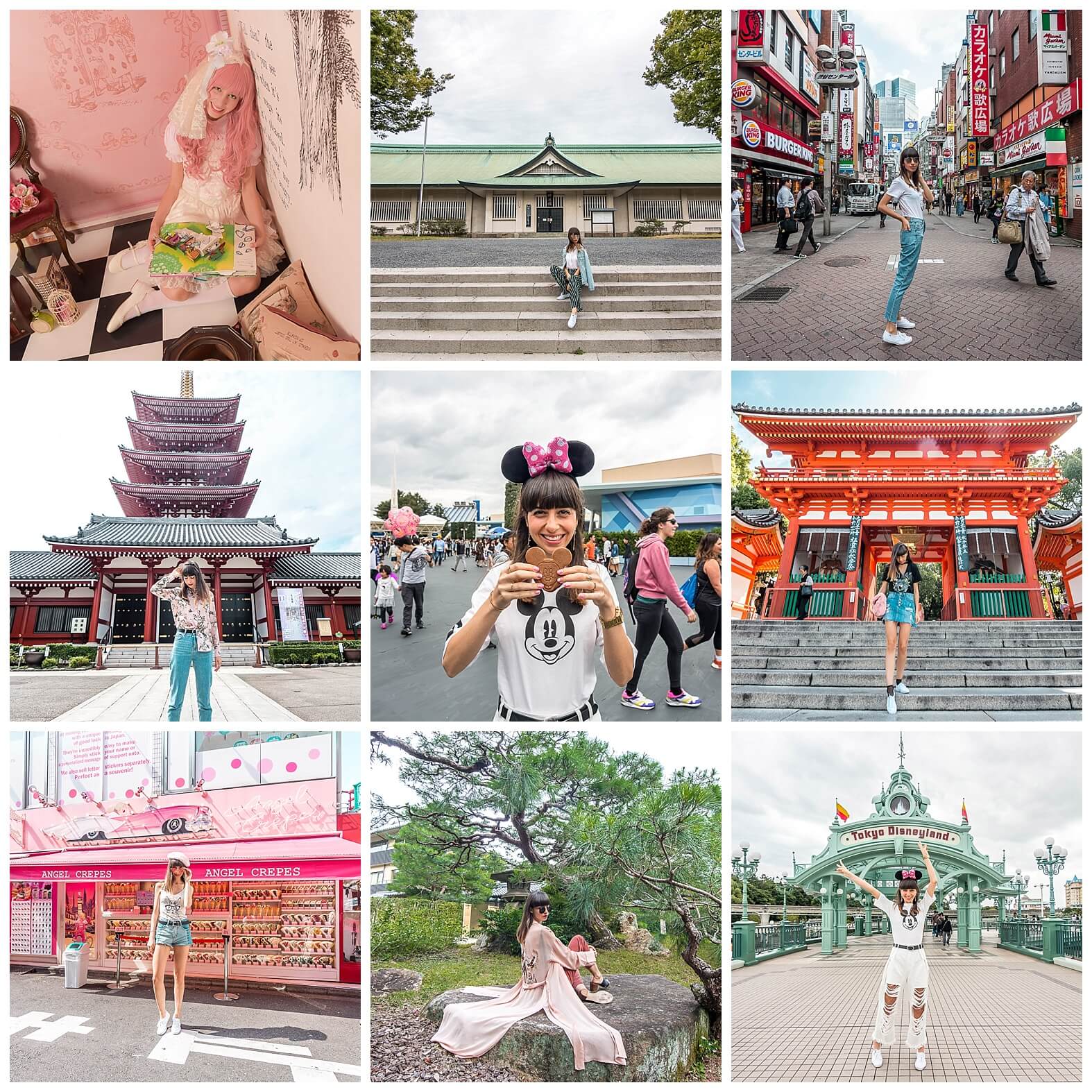
To make a long story short -we set dates {September 15th – October 10th), prepared a general list of destinations and attractions {and highlighted the ones we definitely didn’t want to miss} and divided the vacation days between the destinations we chose within Japan as follows:
3 nights in Osaka – Click here to read my 2 day itinerary for the city!
2 nights in Arashiyama {an area rich in nature at the northwestern tip of Kyoto}
3 nights in central Kyoto
3 nights in Tokyo
3 nights in Minamiyonama {an area rich in nature and rice fields in north central Niigata}
6 Nights in Tokyo
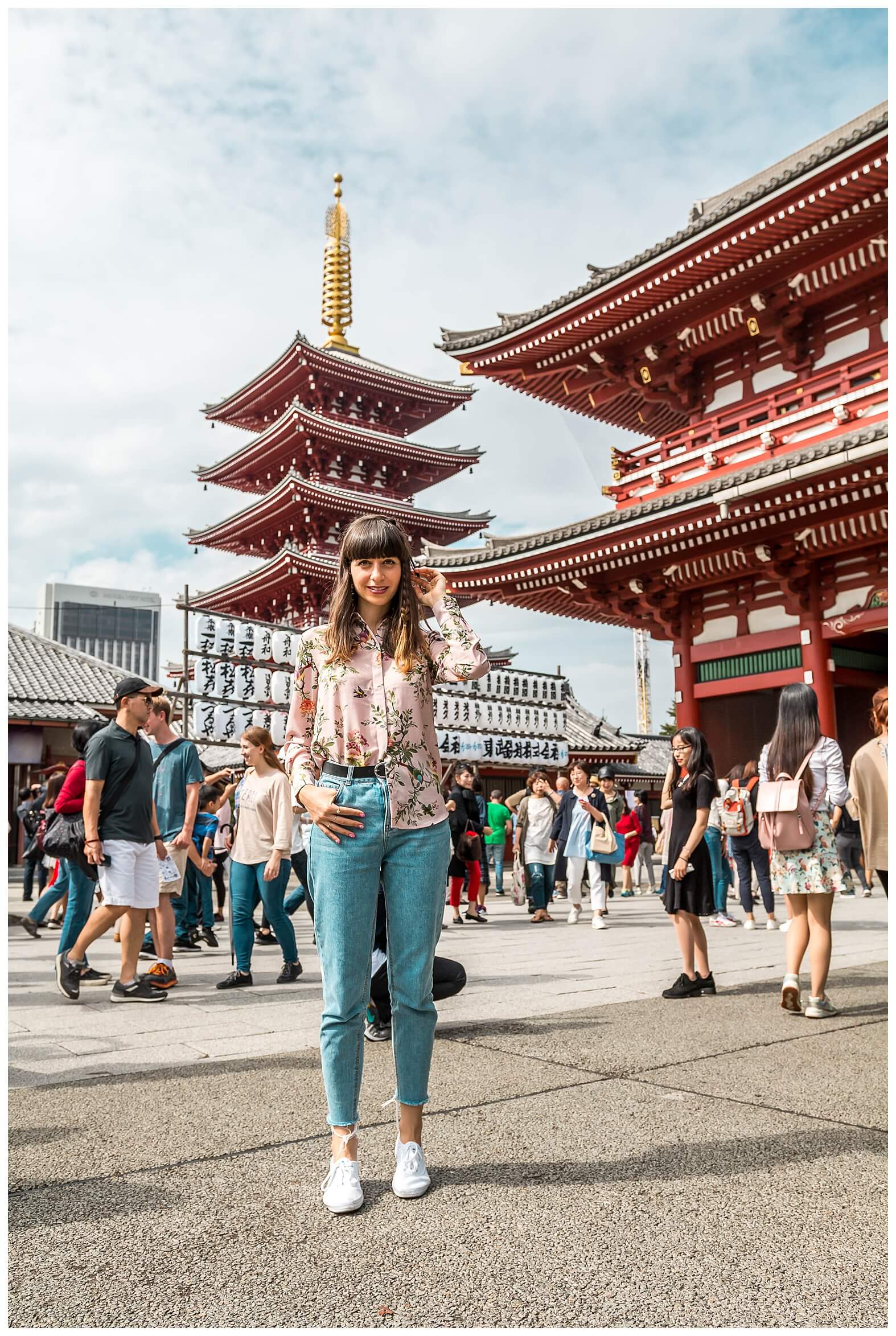
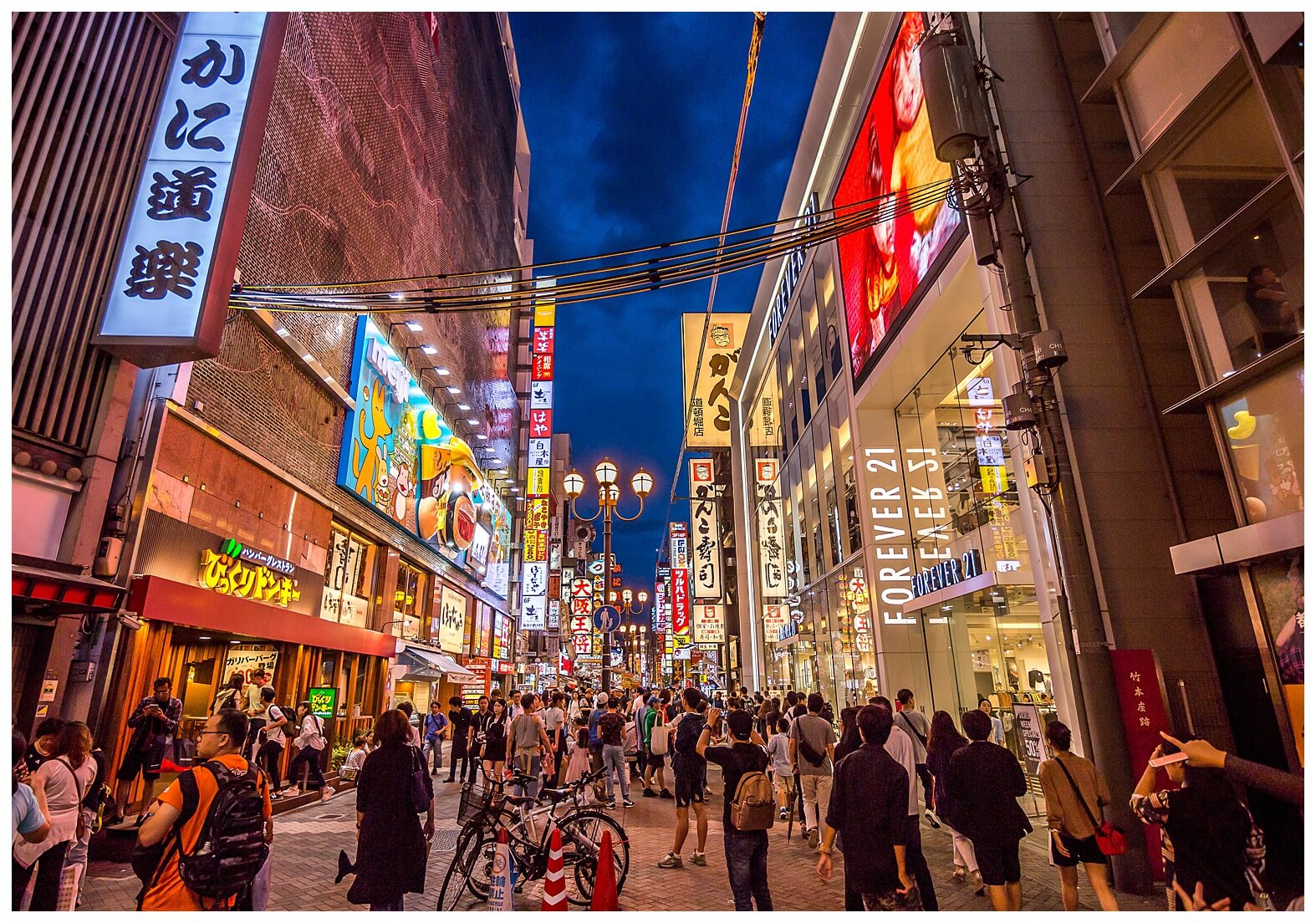
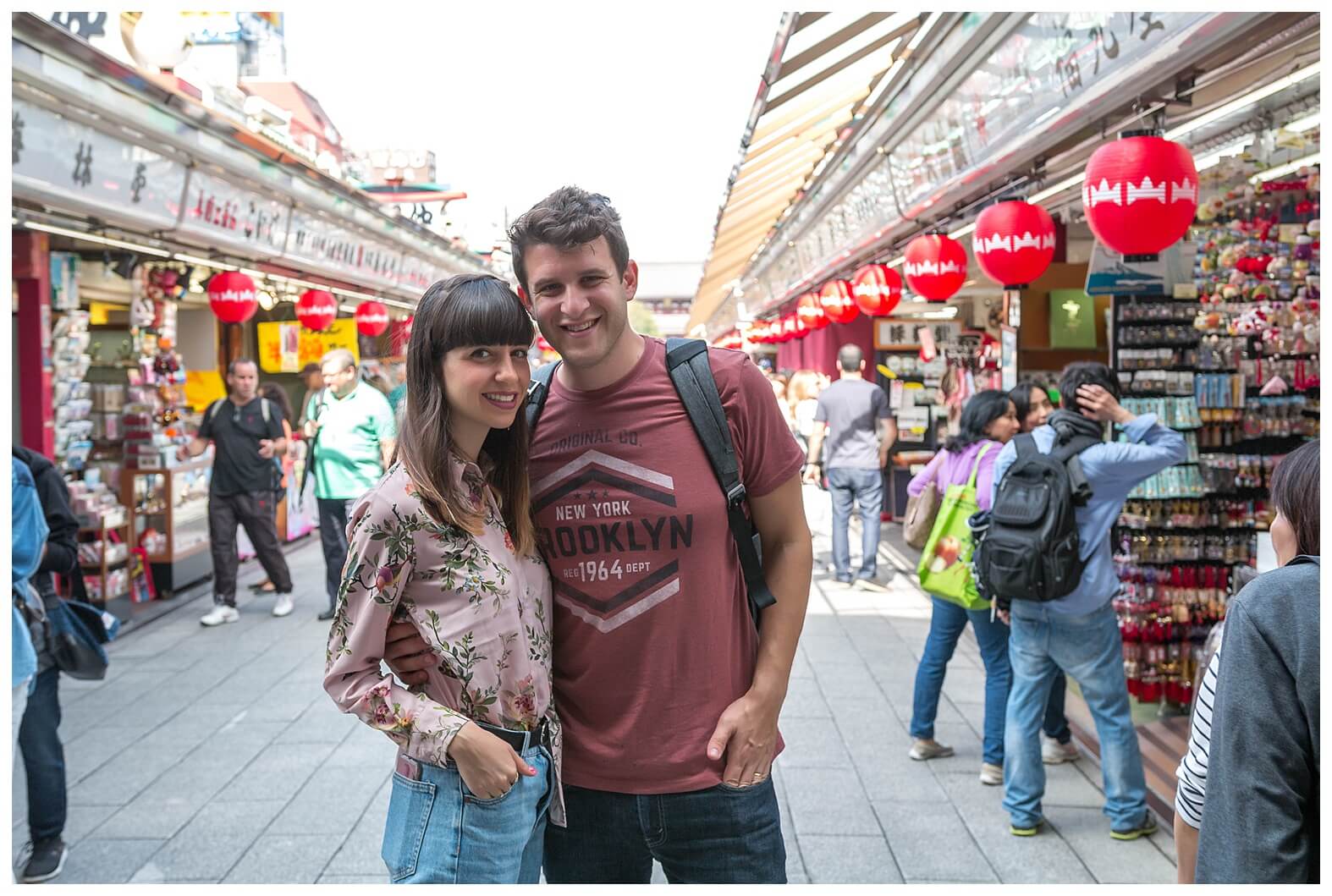
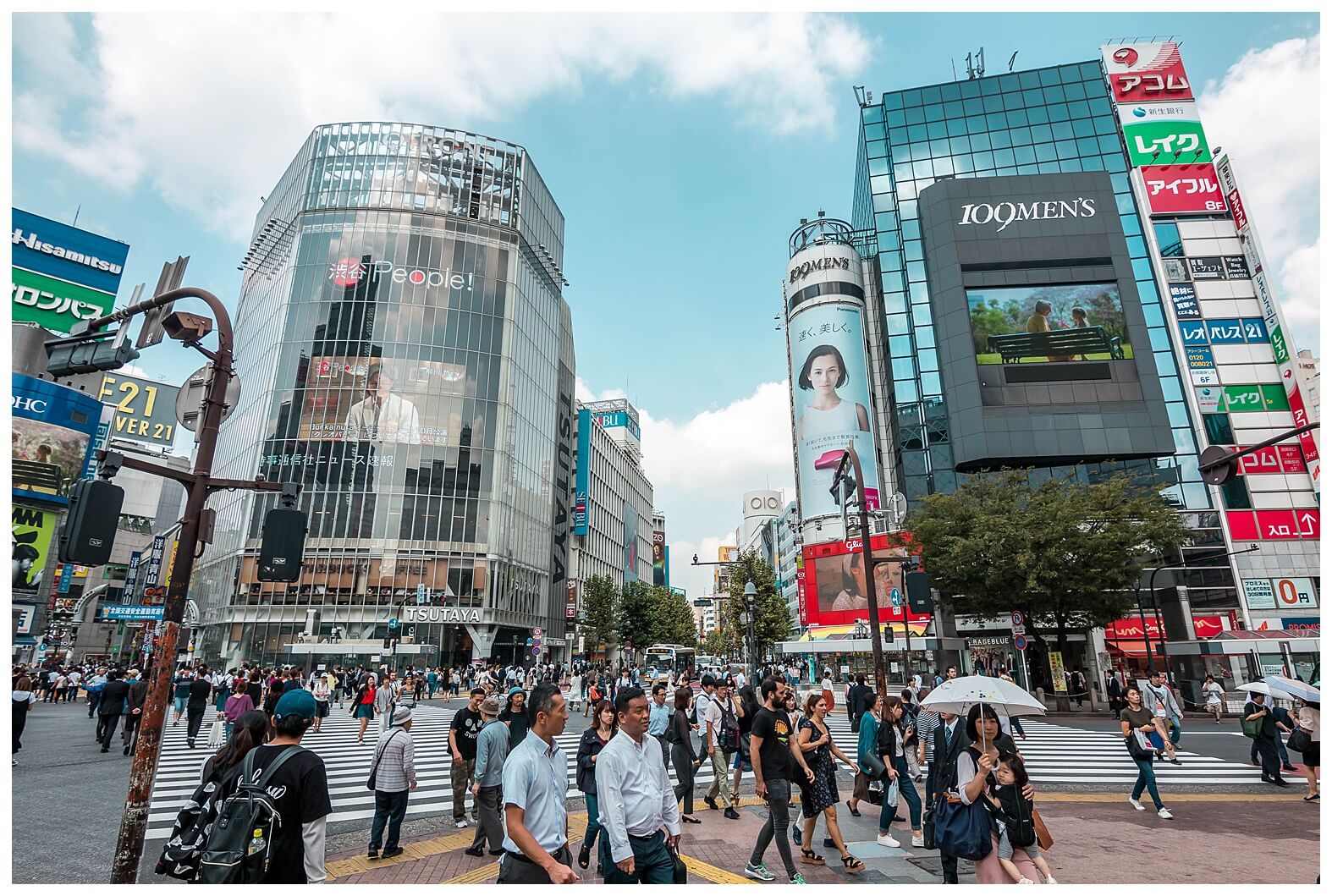

A trip to Japan can be very exhausting – even if you don’t prepare a crazy checklist of things you want to see, you’ll probably spend most of the day on your feet. One of the best decisions we made on this trip was to combine 2 short vacations to freshen up within the big trip. The first was at the Suiran a Luxury Collection Hotel in Arashiyama, where we also saw one of Kyoto's most beautiful attractions without its usual tourist herd due to the fact that it was within walking distance from the hotel and we also enjoyed the Zen atmosphere that characterizes the hotel. And the second, the Satoyamo Jujo Hotel in Minami-Uonuma, which arrived just in time after a few hectic days in the big city.
A tip from me – if you plan a long trip, do yourself a favor and indulge yourself in a pampering mini-vacation during the big trip 😉
And one more tip regarding sleeping arrangements in the big cities – during urban trips like this, when you try to tour the city from morning to night, I think it’s best to skip a hotel and go for an AIRBNB apartment. You won’t be able to take too much advantage of the facilities, so it's better to save the money and spend it on other things {like the pampering hotel you should indulge yourself with which I mentioned in my previous tip 🙂 }.
Ordering an apartment for the first time through AIRBNB? Feel free to use my link and get a coupon code for $43 towards your next trip.
In the next few weeks I’ll share detailed guides of the destinations and hotels we visited during the trip ♡

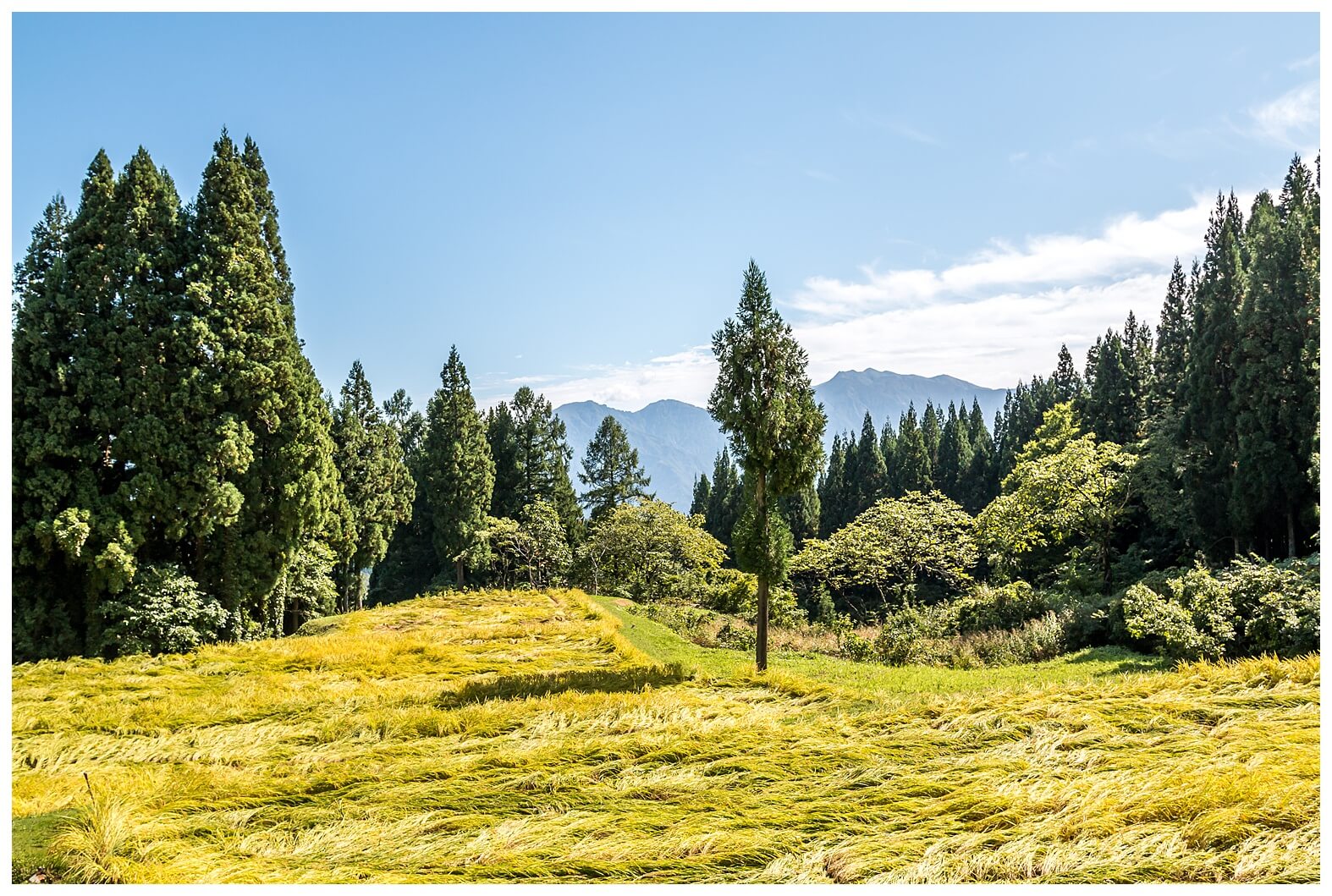

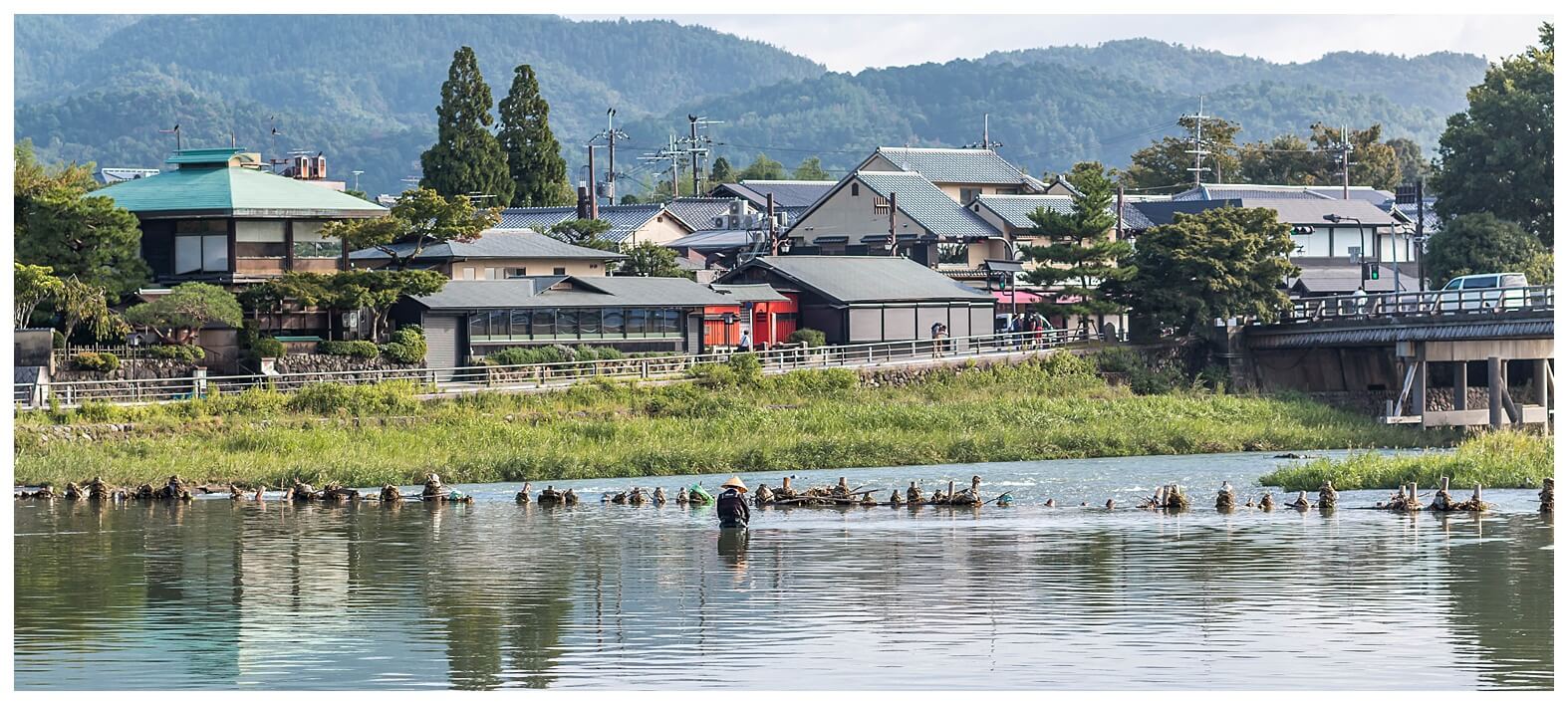
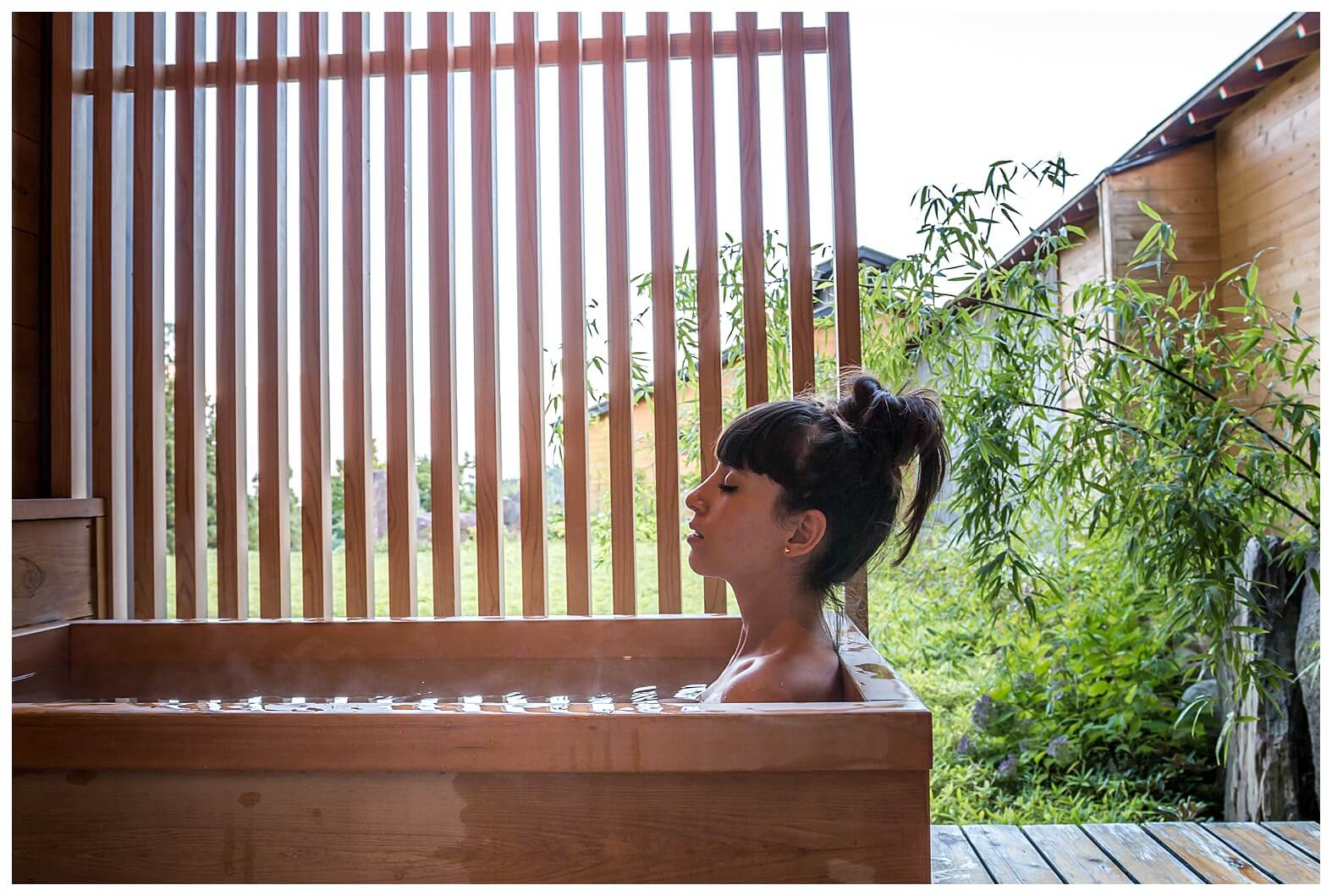
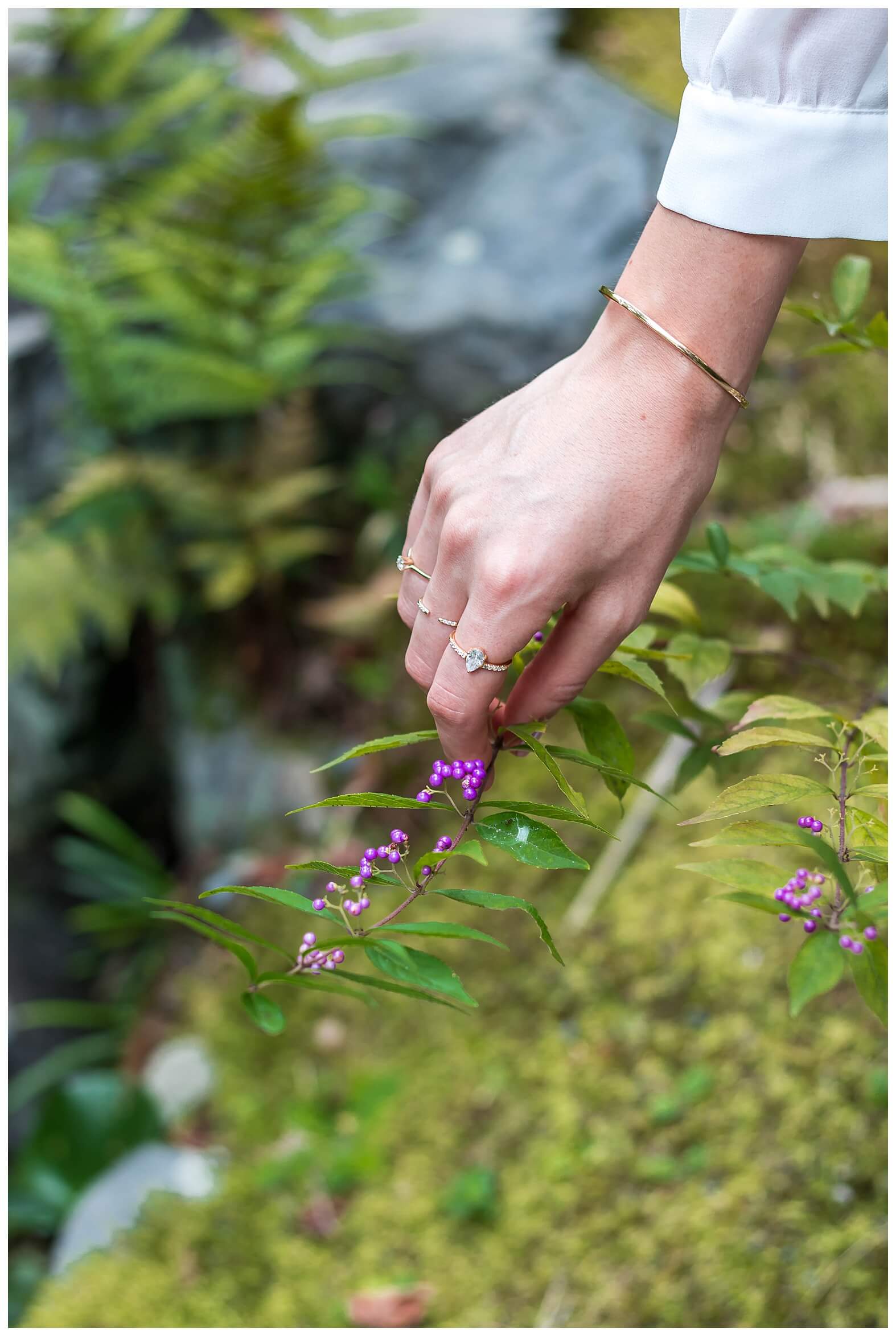

3 THINGS THAT ARE MOST IMPORTANT TO PACK FOR A TRIP TO JAPAN
When packing a suitcase for Japan, you should pack as few things as possible and leave as much room for shopping as possible, but these are the 3 things you really shouldn’t leave at home:
Electricity Adapter – Japan's power outlets are different from the European ones, so you should have several adapters for an American socket and a power strip so you can charge multiple electric items at once.
Mobile Power-bank – You're going to use your cell phone – a lot!! {In the next section you'll understand why…}. So you should have a compact mobile charger that you can pull out of your bag when you're in trouble {AKA when your cell phone starts showing signs that it’s dying 🙂 }.
Cash – In Japan it’s not customary to pay by credit card. While big hotels and large department stores will usually receive payment by credit card, most shops, restaurants and even small guest houses are paid only in cash. Therefore, it’s important to have cash in your wallet at any given moment. If you run out of cash before the end of the trip {and it could very well happen because let's face it – **shopping in Japan = addiction**}, it's easiest to withdraw cash at the ATMs of one of the 7-Eleven branches, which are open 24 hours a day and don’t charge a commission for the withdrawal.
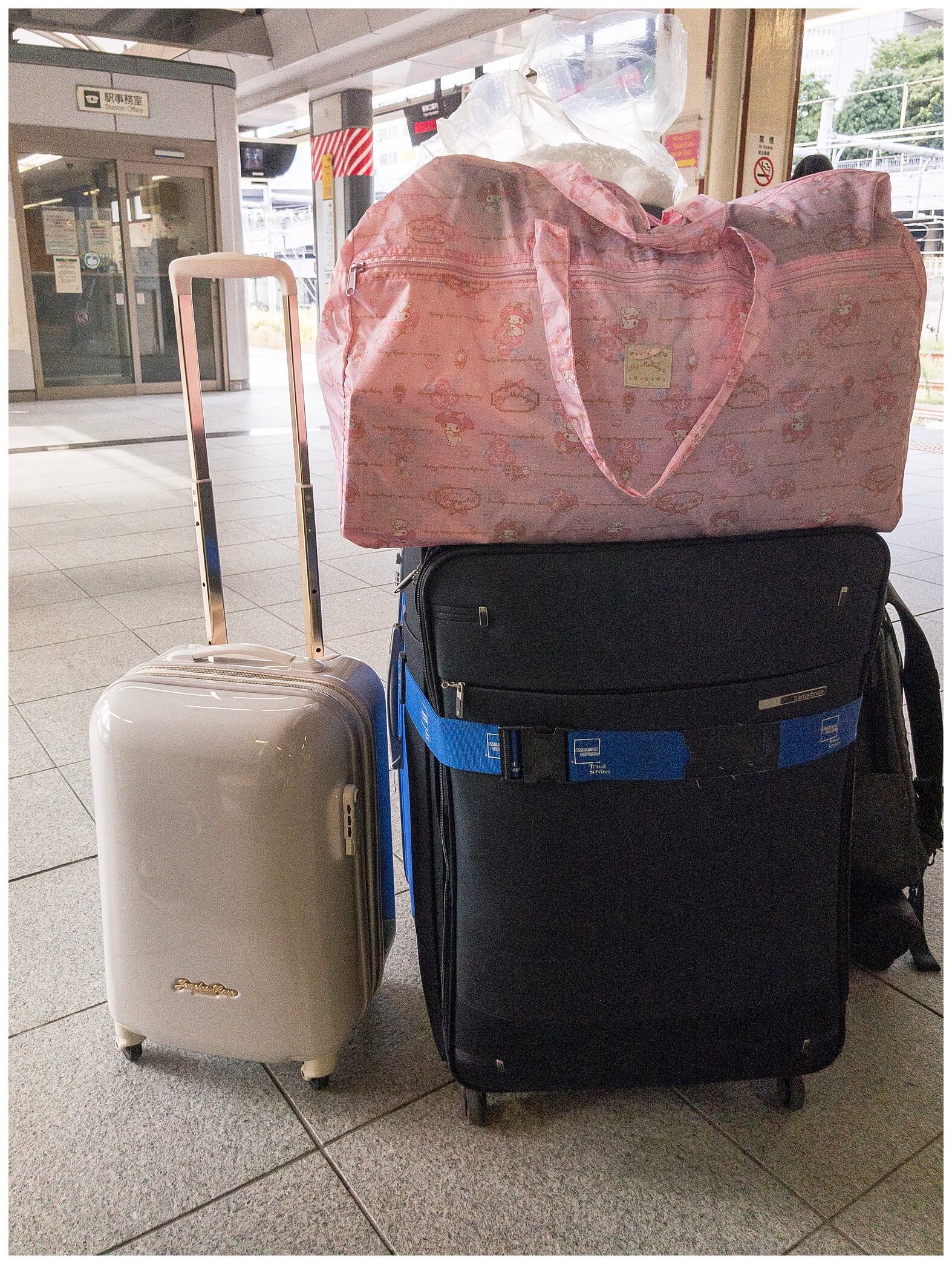
THE 2 MOST USEFUL APPLICATIONS FOR TRAVELING IN JAPAN
There are a number of travel apps that I regularly “pack” on my cell phone before I go on vacation {read about all of them in this post}, but the two apps I used most on our trip to Japan which were literally “life savers” were:
Google Translate {iPhone/Android} – Most Japanese don’t speak English very well and it’s rare to encounter English writing on products, which can make it very difficult to find your way around the country and use the products purchased there. This is where Google's excellent app helps bridge the language gap. Not only can you enter different words and sentences and get a relatively good translation, there are also cooler and more useful options, like using your cell’s microphone to translate things that locals say in real time or using the camera to translate street signs, menus and anything else written in Japanese.
Google Maps {iPhone/Android} – The independent traveler’s best friend, no doubt. With this great app, you can easily navigate around the country. All you need to do is set a destination {name of street, attraction, restaurant, etc.} and you’ll find the best and shortest way to get to it, and it will even give you accurate price information regarding each of the alternatives to reach the destination.
WIFI IN JAPAN
Although all sleeping accommodation locations in Japan {hotels, hostels or AIRBNB apartments} will provide you with free high-speed wireless internet, surprisingly Japan isn’t completely wired with free WIFI. Don’t worry! There are a number of ways you can stay connected throughout your stay in the country:
1. Japanese SIM card – The local SIM card that provides data for surfing the internet {for various periods, between 1 and 30 days} can be purchased both at the airport and in various electronic stores. The cheapest option is to buy a Bmobile's SIM card at BIC CAMERA electronics stores, which offers a SIM card for 21 days, up to 5 giga for 3,500 yen. Keep in mind that this isn’t the fastest SIM in the world, but it’s good enough to use the necessary apps and reasonable web surfing.
If you must be connected from the moment you land, you can buy a SIM card from an automatic vending machine or at a sales counter located in the airport exit area. Keep in mind that this is the most expensive of the two options, and that at the sales counters, the price is usually more expensive than buying it from a machine since they also activate the SIM card for you on the spot.
However, installing the SIM card is relatively simple because it comes with instructions in English, but if you’re really lacking in technological orientation, maybe you shouldn’t do it yourself 😉
2. POCKET WIFI – A small, portable wireless router that provides very fast, unlimited internet access to a large number of devices. The POCKET WIFI can be rented at the airport and even ordered from the internet and ask to be sent to the hotel / apartment where you’re staying at. It’s more expensive than a single SIM card (800 – 1,000 yen per day), but it’s an option that’s worth it for a large group of people traveling together. On the other hand, keep in mind that you can only use the internet when everyone is in the same place, so it's less suitable for groups that may split up. Another disadvantage of the POCKET WIFI is the dependence on the battery, so if you choose this option it’s important to remember to charge the device every night.
Since we were traveling as a couple, and we spent most of our trip in AIRBNB apartments that provided us with a POCKET WIFI to use during our stay in the apartments, we decided to go for the first and most economical option.
PUBLIC TRANSPORTATION IN JAPAN
I can describe Japan's public transport in one word – MAGIC! Although I’ve already witnessed outstanding public transport when I visited Switzerland, but the transportation in Japan amazed me even more because it manages to maintain accuracy, efficiency and exemplary order despite the unbelievable amount of people passing through every day. However, it’s important to know that the public transportation doesn’t work 24 hours a day and it’s always worth checking out when the train or the last bus leaves so you won’t have to rely on an expensive taxi.

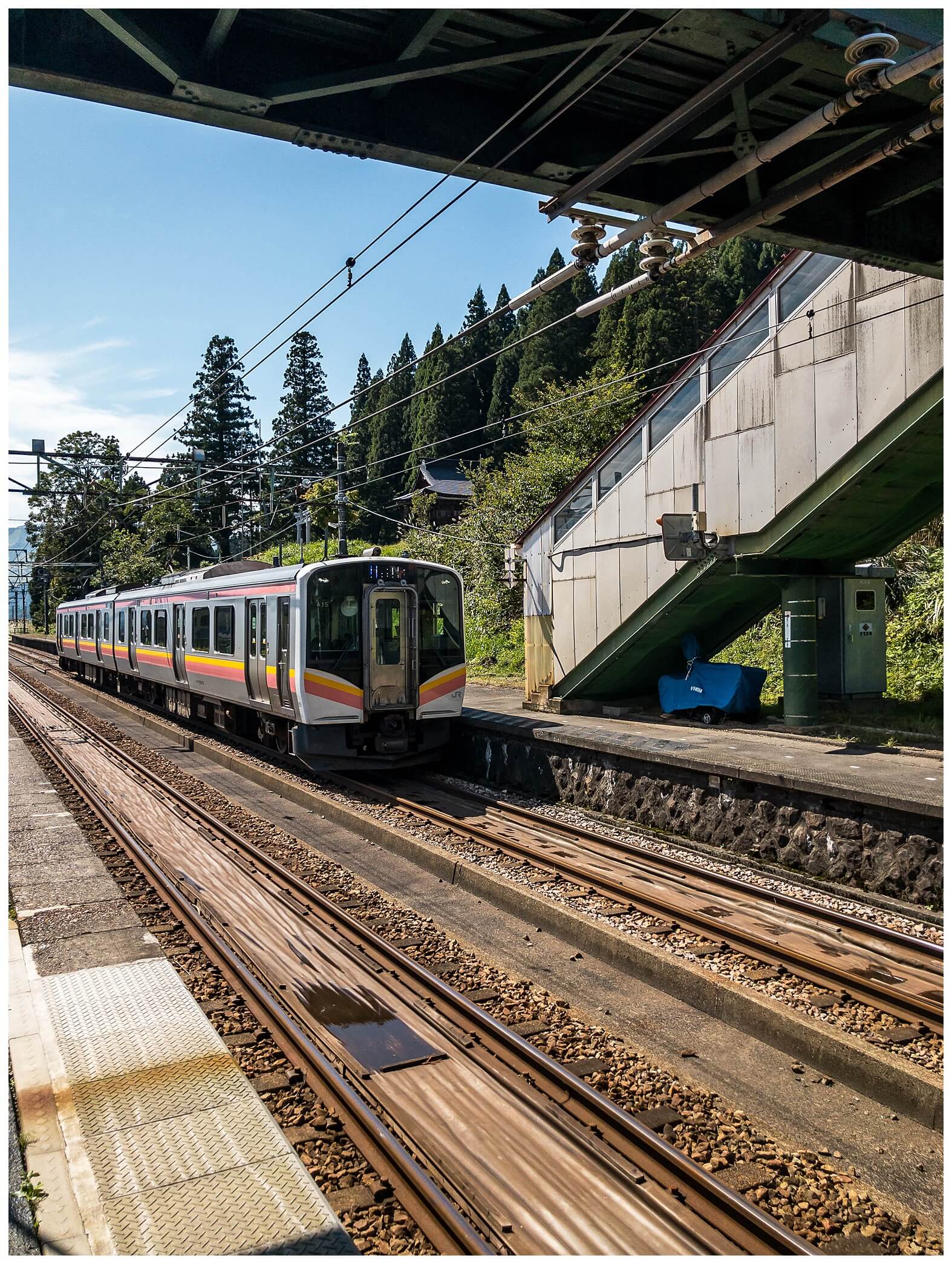
Transportation via trains on urban routes –
Downloaded Google Maps? Great! In terms of the route, you’re all set.
The only thing you have to do is purchase a train ticket.
How do you do that? It’s a good thing that you asked!
There are two ways to buy train tickets:
1. The regular way – buy a suitable paper ticket before each trip from the ticket machines, which you use to enter and exit the platforms. If you made a mistake with the payment {and this is most likely to happen at the beginning}, or if you decided to spontaneously get off at a different station, the card you purchased won’t allow you to leave the platform area. Don’t panic! 🙂 You’ll be able to pay the difference in the cost of travel at the fare adjustment machine located near the exit gates from the platform compound. The payment of the difference is made easily by inserting the ticket into the machine which will calculate the difference for you.
2. The advanced way – rent a magnetic card {called SUICA / PASMO in the Tokyo area or IC CARD in Kyoto, Osaka and Hiroshima} in the ticket office, charge it with money and travel freely between the trains. This site has the full details about the difference between the cards and how they are used.
JR PASS –
Intercity transportation in Japan is particularly efficient and fast, but it is costly accordingly. Take, for example, the trip from Kyoto to Tokyo on the express train that costs more than 120 USD for each direction!
If you’re planning a trip that includes many intercity trips, you should consider buying the JR Pass, which provides unlimited use of all Japan Railway facilities {including intercity trains, most Shinkansen trains, ferries, buses and the JR Yamanote Line}. The ticket isn’t cheap, but if you plan your route smartly, you can combine as many large trips as possible with the ticket and save a lot of money in the long run. Another advantage of the JR ticket is the option to reserve seats for free. Tickets can be purchased for periods of one week, two or three weeks depending on the desired route.
To find out whether it’s worth purchasing a JR Pass, use the website HyperDia to calculate the total intercity traveling costs you have planned and compare the results with the price of the JR Pass for the desired period.
The ticket, which is intended for tourists only, can be purchased outside of Japan through the company's website or through travel agents. Up to one week after booking the ticket, you’ll get the order voucher to your house, and to activate the ticket you’ll have to go to one of the JR service counters at the train stations along with your voucher and passport and ask them to activate your card from the date you want. Pay attention that once the date you select has been printed on the JR Pass ticket, you won’t be able to change or cancel it, so it’s important that the activation date of the ticket given to the company representative is indeed the date on which you wish to activate the ticket.
More information about the ticket can be found on the company's website.
Buses –
Like the trains, the buses are clean, tidy and very accurate. You get on the bus through the back doors, and you can buy a ticket in several ways: at the ticket office {if you leave from the Central Bus Station}, using the IC Card in central cities, or simply pay with cash in a machine that’s near the driver when you get off the bus {keep in mind that with this method you’ll need to equip yourself with exact change for the ride}. We used buses mainly in Kyoto because the bus stops were closer to all the interesting attractions than the train stations.
Taxis –
Taxis in Japan are very expensive, especially after the last train leaves. Try to skip the pleasure or you’ll have to say goodbye to a decent amount of money.
If you decide to take a cab anyway – please pay attention that the doors automatically open and prepare the address of your destination in advance in Japanese, as most Japanese don’t speak English
.
Considering a trip to Japan? You'd better check out these pictures from Kyoto and Tokyo that will make you feel like booking a flight today 😉
I hope this guide helped get everything in order before your trip to Japan 🙂
If you liked this post, share it on Facebook and save it on Pinterest! ♡
SAVE FOR LATER

